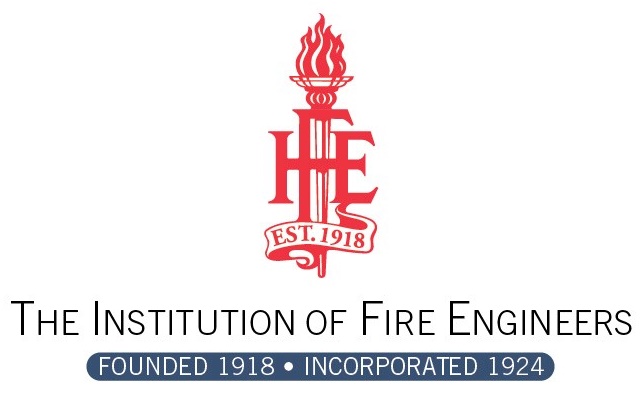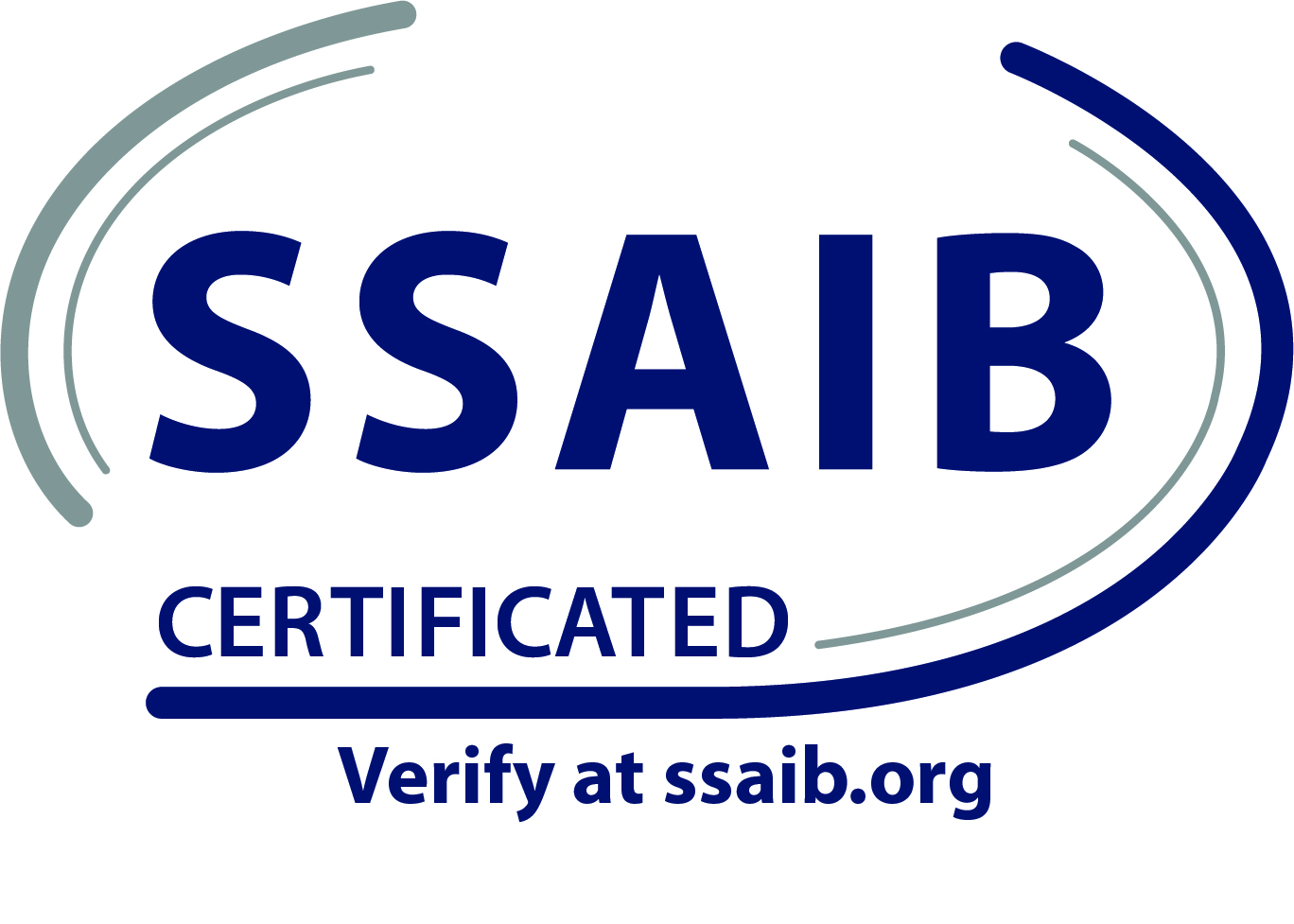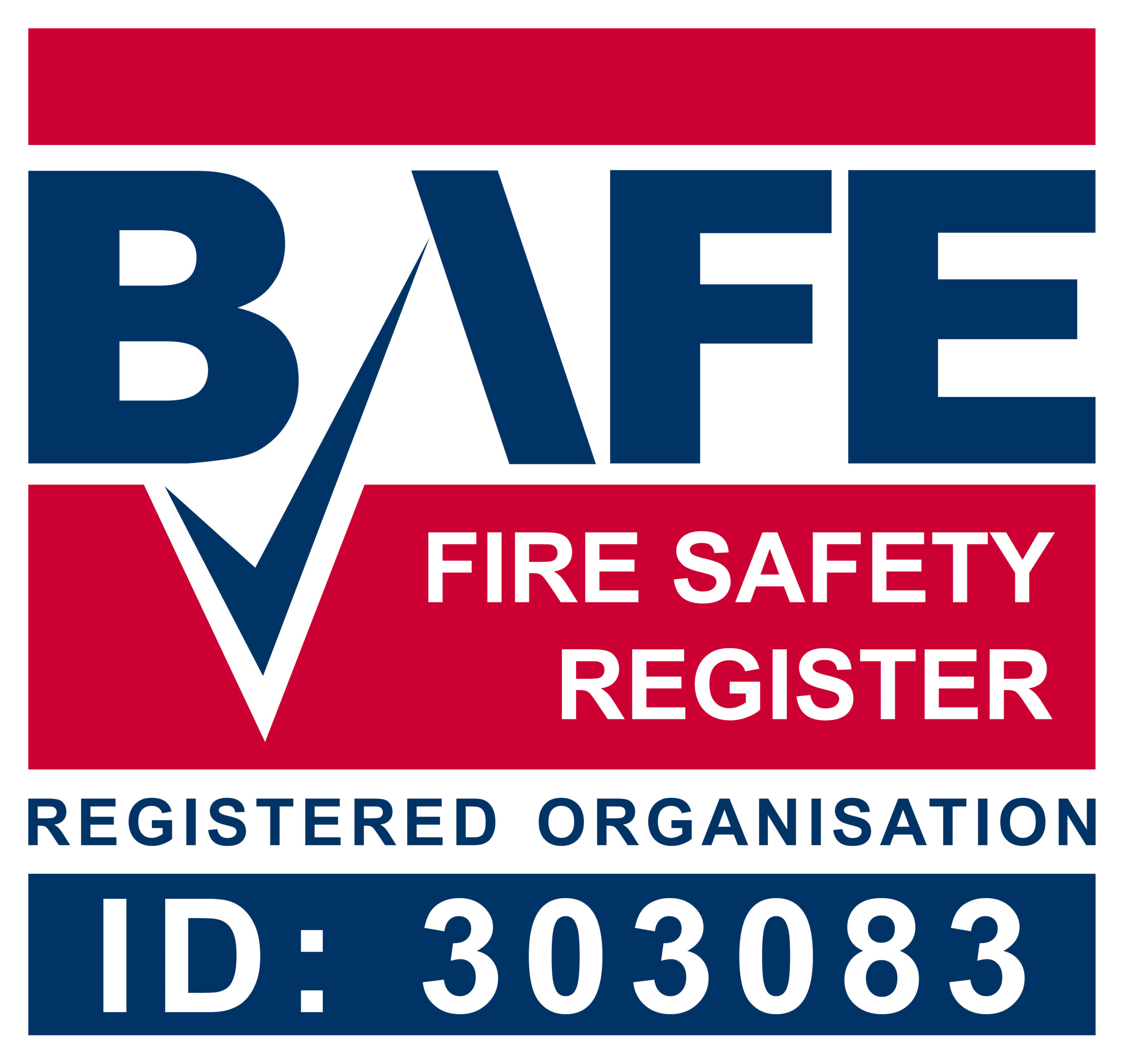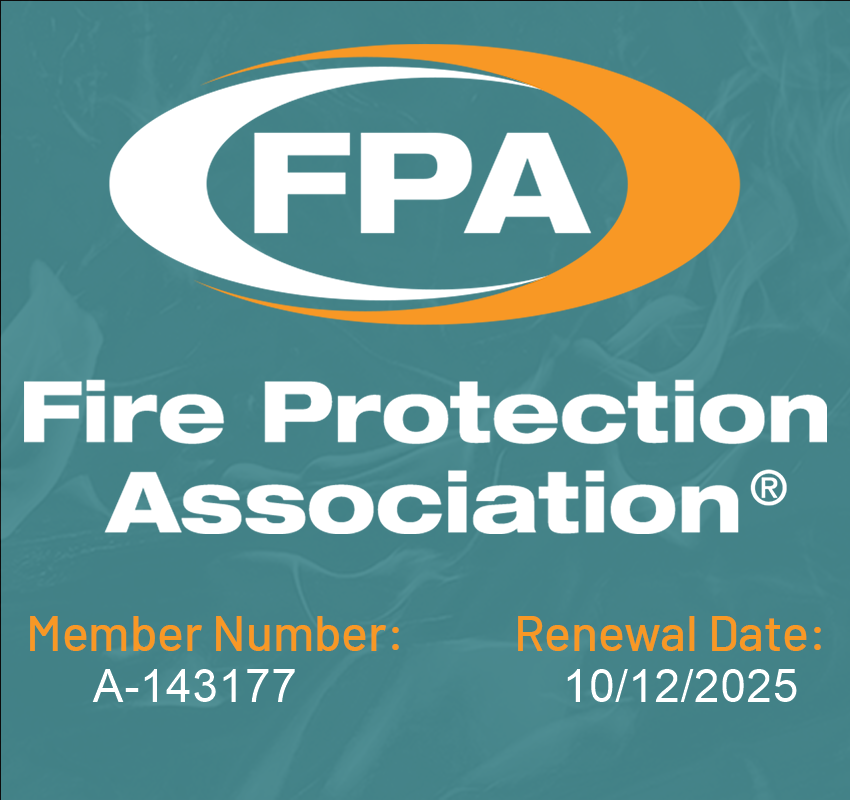Importance of Considering External Wall Systems in Fire Safety
The fatal Grenfell Tower fire in 2017 raised awareness of the importance of fire safety in buildings. In response, building regulations were reviewed, and new directives were issued.
One of the aspects that came under scrutiny is external wall systems (EWS). EWS are crucial in providing thermal insulation and weather protection to the building facade. However, they can also be a potential fire hazard.
This blog post will explore why considering external wall systems is crucial for fire safety.
Understanding External Wall Systems
External wall systems (EWS) are coverings installed on the exterior part of a building. They serve two primary purposes:
-
Providing weather protection and thermal insulation to the building structure.
-
EWS comprises various components, including insulation materials, cladding, outer skin, and ventilation features.
There are different types of external wall systems:
-
Curtain walling
-
Rain screens
-
Double skin
-
Insulated render
Each of these types has unique features and is made of different materials. Materials commonly used in external wall systems include aluminium, stainless steel, timber, brick, and others.
Understanding the various components and types is crucial to select the ideal system that best fits your building needs. Additionally, it helps ensure compliance with building regulations and standards.
Fire Safety Regulations and External Wall Systems
Following the Grenfell Tower tragedy, building regulations were reviewed to improve fire safety standards in building design, construction and maintenance. New guidelines were issued with a specific focus on external wall systems.
The government banned combustible materials in external wall systems that cover residential buildings above 18 metres. To ensure further safety, a new amendment has been passed that bans combustible materials in external wall systems and applies to any building regardless of height.
The building regulations require that external wall systems meet specific requirements regarding fire safety. These include having a minimum level of fire resistance and meeting the needs for classifications regarding reaction to fire. In addition, the regulations specify the requirements for the fire resistance levels of external walls for a given building.
Knowing the fire safety regulations that apply to external wall systems while designing or constructing a building is essential. Engaging the services of professionals who have the relevant expertise is crucial in ensuring that your facility meets the required standards.
Risks of Using Combustible Materials
Combustible materials can catch fire easily and continue to burn once ignited. They are prevalent in external wall systems and pose a significant fire hazard. The use of combustible materials can significantly alter the fire’s behaviour, impacting the spread of the fire within the building.
Fires that originate externally can quickly spread to the interior of a building if external wall systems have combustible materials. An example of such as the spread of fire is the Grenfell Tower tragedy. The exterior cladding installed in the building was made from combustible materials that caused the fire to spread rapidly.
It is critical to use non-combustible materials when designing and constructing external wall systems to reduce the risk of fires. In addition, having regular fire safety checks ensures appropriate fire safety measures are in place.
The Importance of Proper Installation
Proper installation of external wall systems is crucial in ensuring fire safety. The fire-resistant ability of external wall systems depends on the system’s installation, considering every component’s functionality.
The installation should also correspond to the construction design and comply with existing standards. Failure to install external wall systems adequately can lead to significant fire safety hazards. Poor installation can create gaps between the insulation, allowing the fire to spread and reducing the building’s resistance to fire.
Proper installation requires expert knowledge and experience in designing, constructing, and installing external wall systems. To ensure that external wall systems meet or exceed regulations and standards, it is vital to consult experienced professionals in the field.
Appropriate installation helps improve the safety of your building and reduces the risk of fire hazards.
Maintenance and Inspections
Regular maintenance and inspection of external wall systems can help prevent fires. It is essential to have a program of regular maintenance and checks to ensure that the system continues to function correctly.
Routine maintenance procedures may include cleaning, properly sealing, replacing damaged components, and reapplying fire-retardant coatings where necessary. Regular inspections are critical in identifying potential hazards before they become a danger.
A common issue that can impact external wall systems’ effectiveness is water ingress, leading to rust, corrosion, or degradation of the supporting structure. Monitoring the system’s fire resistance levels during maintenance and inspection is essential.
Alternatives to Combustible External Wall Systems
The Grenfell Tower tragedy highlighted the risks of using combustible materials in external wall systems. The UK government’s ban on combustible materials has led to the development of alternatives to replace traditional external wall systems.
Some alternatives to combustible materials include non-combustible rendered systems, insulation board systems using non-combustible insulation, and metal or timber cladding with a non-combustible core.
When choosing the ideal alternative to combustible external wall systems, factors such as aesthetics, fire resistance, durability, and ease of installation should be considered.
It is crucial to weigh the pros and cons of each alternative and match them with the specific needs of the building to choose an adequate external wall system that meets the desired fire safety standards.
Conclusion
Considering external wall systems in fire safety is crucial in ensuring building safety.
With new guidelines and building regulations, keeping abreast of the industry’s developments is necessary to ensure compliance. If you are looking for professionals who understand the importance of EWS in fire safety, reach out to us today.
We provide quality solutions that guarantee building security.









